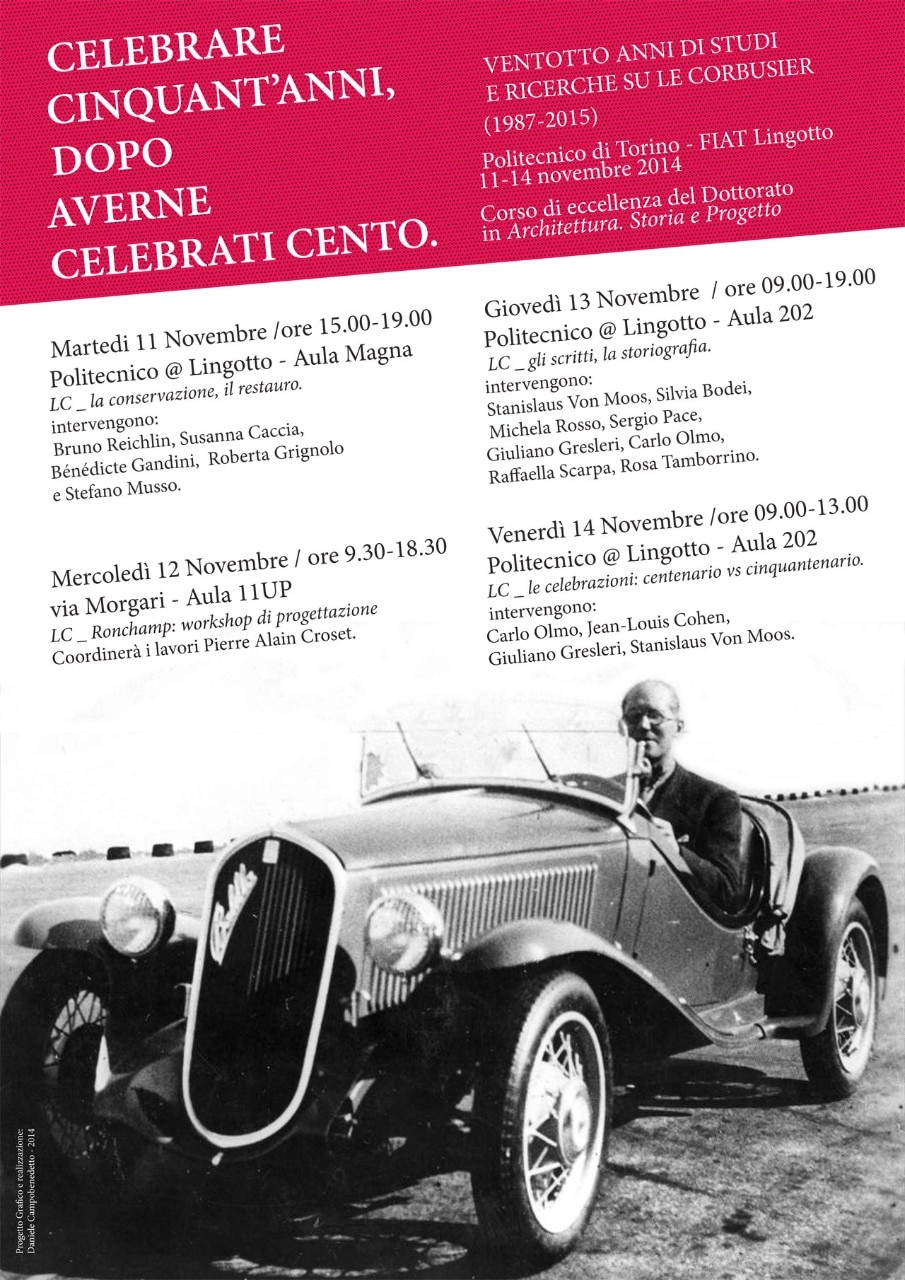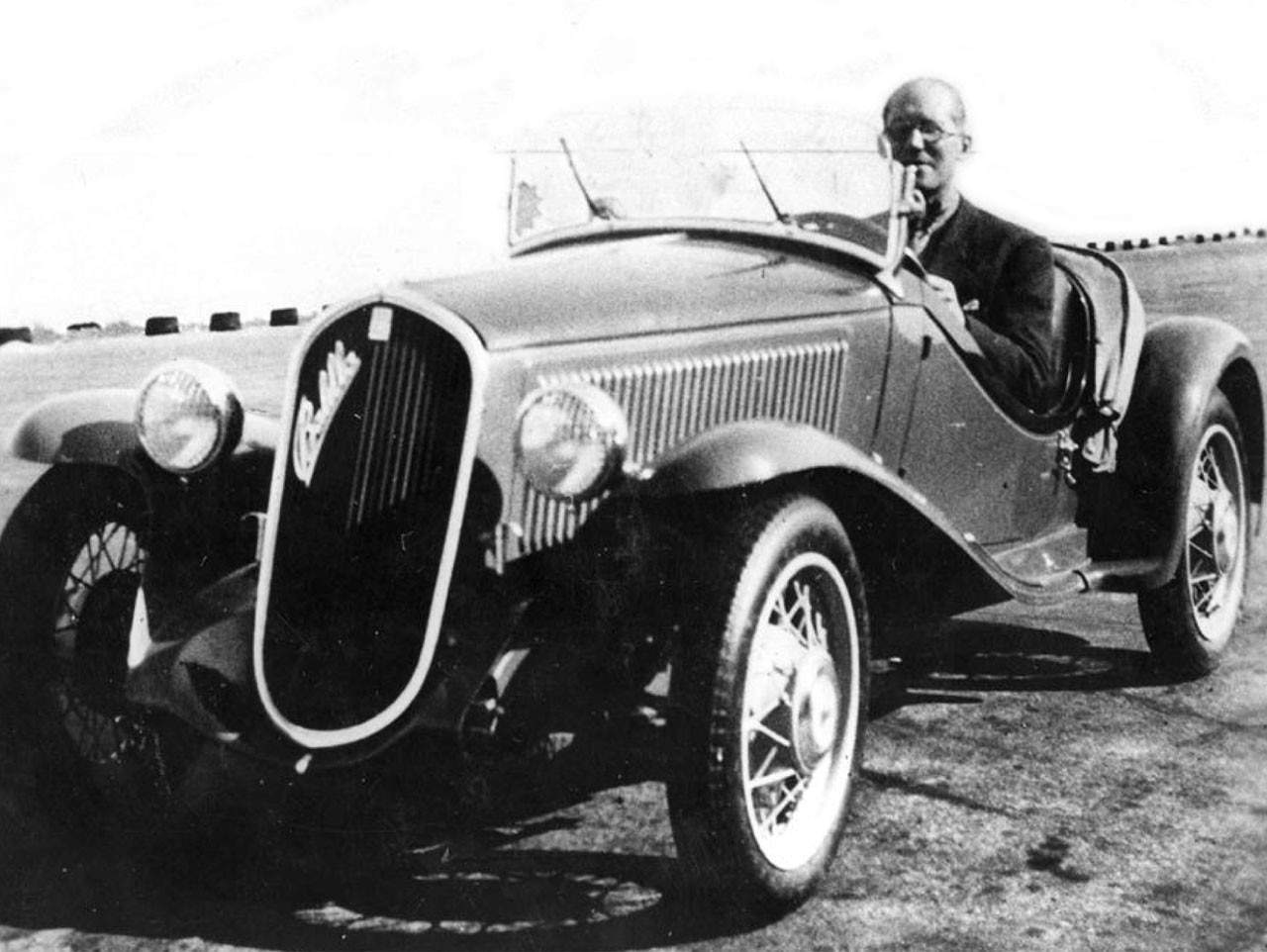
Summing up the coming together of History and Project, Pierre-Alain Croset then coordinated a seminar on Ronchamp, aimed at Ph. D students. Taking into consideration the debate that emerged following Renzo Piano’s project, this put forward new ideas and design solutions for the regeneration of the chapel area, with a view to restoring social meaning to the work, place and landscape.
The conference proceedings, extremely rich and helpful in placing and better understanding the point reached by Le Corbusier research today, will be collected in a book published in the Intangible series by the Adriano Olivetti Foundation in 2015.


